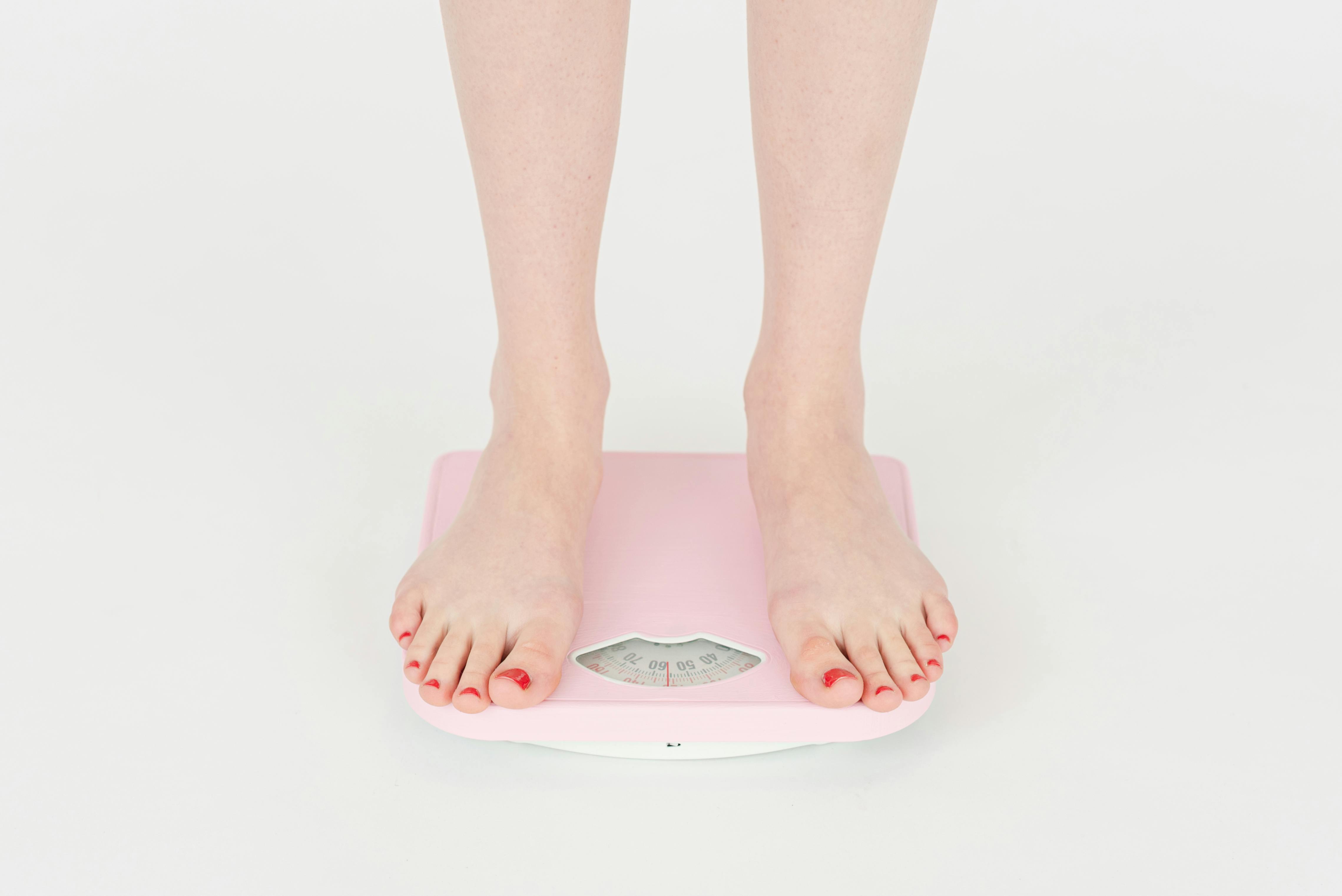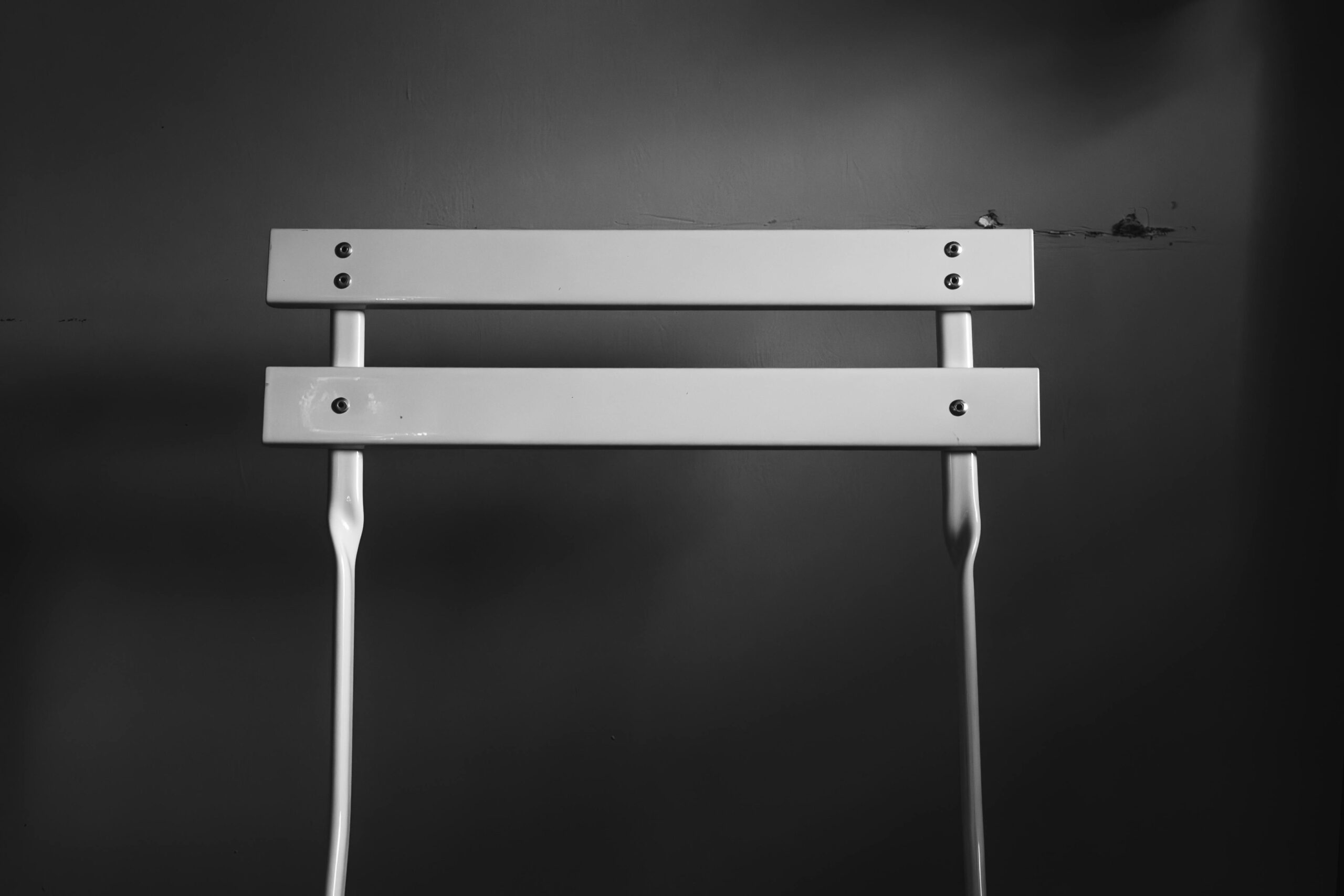Practical Guide to Schrägbankdrücken Winkel: Improve Your Technique in 2025
Schrägbankdrücken, also known as incline bench press, is a crucial exercise for individuals looking to enhance their upper body strength, particularly targeting the chest muscles. This guide will provide a thorough overview of the optimal angles, techniques, and workout routines to maximize the benefits of this exercise for anyone, from beginners to experienced gym-goers. Understanding the right settings and maintaining proper body position are essential elements to prevent injuries and promote muscle growth.
Before diving into the various aspects of schrägbankdrücken, let’s explore the importance of a well-structured training plan and warm-up routines. Whether you are at a fitness studio or following a home workout, mastering the incline bench press can significantly impact achieving your fitness goals. By following the detailed strategies in this guide, you will not only develop a robust chest but also improve your overall performance in weightlifting.
Here’s what to expect in this article: We’ll begin with the fundamentals of schrägbankdrücken, including optimal angles and techniques. Next, we will cover essential warm-up exercises to prepare your muscles and joints. We’ll then delve into training plans, variations of exercises, recovery techniques, and the relationship between effective nutrition and training. So, let’s get started on this journey to refine your incline bench press technique!

Essential Techniques for Schrägbankdrücken
Building strong chest muscles necessitates implementing the correct techniques in your schrägbankdrücken routine. The proper execution not only maximizes muscle engagement but also minimizes the risk of injury. Here are some fundamental techniques to consider:
Understanding the Optimal Angle
The angle of your incline bench plays a vital role in targeting specific portions of your chest muscles. A typical angle for schrägbankdrücken ranges from 30 to 45 degrees. Lower angles (closer to 30 degrees) emphasize the lower pectorals more, while steeper inclines engage the upper chest. Experimenting with various angles will help you find what works for your body and desired muscle activation.
Correct Body Posture
Posture is paramount in executing schrägbankdrücken. Keep your feet flat on the ground, and ensure your back is pressed firmly against the bench. This stabilizes your body and allows you to lift weights without straining. Moreover, retract your shoulder blades to prevent excessive shoulder engagement, ensuring that the chest muscles do the majority of the work.
Utilizing Different Equipment
Choosing between a barbell or dumbbells can alter the dynamics of your workout. While a barbell allows you to lift heavier weights, dumbbells offer greater range of motion and help improve stabilization. Incorporating both into your training plan can provide comprehensive muscle development, enhancing the schrägbankdrücken experience.
Breathing Techniques for Optimal Performance
Breathing plays a crucial role in weightlifting, particularly during schrägbankdrücken. To maintain a steady rhythm and maximize strength, inhale as you lower the weights and exhale forcefully upon pressing them back up. Proper breath control will help you manage energy output and enhance overall performance.
Incorporating Warm-Up Routines
Before diving into heavy lifting, it’s essential to warm up your muscles. Incorporate dynamic stretches and movements that mimic the schrägbankdrücken motion. Using light weights or resistance bands can effectively prepare your muscles and joints, reducing the risk of injury during your main workout.
Building on these fundamental techniques, the following section will focus on creating an effective training plan that integrates schrägbankdrücken into your routine.
Crafting an Effective Training Plan
Establishing a structured training plan is essential for those looking to progress in their schrägbankdrücken technique. A well-rounded workout should also include variations, sets, and recovery periods tailored to your specific goals. The following strategies will assist you in optimizing your training routine:
Establishing Repetition and Set Structures
Your training plan should clearly define the repetition and set structures to employ during schrägbankdrücken sessions. For muscle hypertrophy, focus on 3-4 sets of 6-12 repetitions. Ensure that the weight used challenges your muscles while allowing for proper form throughout each set. Track your progress to make necessary adjustments as strength develops.
Integrating Variations in Training
Incorporating different exercises targeting similar muscle groups can prevent plateaus and keep your training engaging. Consider integrating variations such as incline dumbbell presses, cable crossovers, and chest flys. These movements can enhance muscle recruitment while promoting balanced growth across the chest.
Monitoring Training Intensity
The intensity of your workout significantly impacts muscle development. Apply progressive overload by gradually increasing the weights used over time while maintaining proper technique. This method ensures continuous adaptation by the muscles, promoting growth and strength gains.
Recovery and Regeneration Techniques
Incorporating rest days into your training plan is crucial for optimal recovery. Post-workout care, including stretching and foam rolling, can alleviate muscle soreness and enhance flexibility. Additionally, consider active recovery sessions involving light cardio or mobility work to maintain blood flow and promote muscle healing.
Aligning Your Nutrition with Training Goals
Nutrition is a key contributor to your training success. Ensure your diet is rich in protein, healthy fats, and carbohydrates. Documenting your meals using an Ernährungstagebuch (nutrition diary) can help you maintain a balanced intake aligned with your training objectives, enhancing energy levels during workouts.
As we transition from training plans to specific exercises, this leads us to explore variations of schrägbankdrücken and how they contribute to overall muscle development.
Exploring Variations of Schrägbankdrücken
Incorporating variations of schrägbankdrücken into your fitness regimen not only prevents workout boredom but also engages different fiber types within your muscles. This section will detail several effective variations to consider:
Flat vs. Incline Bench Press
While the incline bench press primarily targets the upper chest, the flat bench press focuses on developing the mid-section of the pectoral muscles. Alternate between these variations to achieve balanced chest growth and strength. Ensure you adjust the workout intensity based on your fitness goals.
Using Different Grip Positions
The grip used during schrägbankdrücken can impact muscle activation. Switching from a regular grip to a neutral grip can highlight different muscle areas, encouraging comprehensive muscle development. Experiment with wide, medium, and close grips to discover the combination that works best for you.
Inclusion of Resistance Bands
Adding resistance bands to your schrägbankdrücken can create accommodating resistance throughout the movement, enhancing muscle engagement. This method introduces a unique challenge to your workout while improving joint stability.
Supersetting with Other Exercises
Engaging in superset training by alternating between schrägbankdrücken and another exercises, like push-ups or overhead presses, can escalate workout intensity, promoting muscular endurance. This approach will increase your heart rate and bolster workout efficiency.
Consideration of Tempo Training
Altering the tempo of your repetitions can add another layer of intensity to schrägbankdrücken. Consider implementing a slow eccentric (lowering) phase alongside a powerful concentric (lifting) motion. This variation emphasizes time under tension, crucial for muscle development.
With these variations in mind, our next section will hone in on body positioning and joint safety during schrägbankdrücken workouts.
Body Positioning and Joint Safety
Ensuring proper body positioning is vital when performing schrägbankdrücken to protect your joints and optimize muscle engagement. This section emphasizes strategies to enhance safety during the exercise:
Maintaining Spine Alignment
Your spine should remain in a neutral position during schrägbankdrücken. Avoid excessive arching or rounding as it could lead to severe injury over time. A well-aligned spine facilitates effective force transfer and stabilizes your lift.
Understanding Joint Mechanics
Knowledge of joint mechanics is essential during schrägbankdrücken. Ensure that your shoulder joint and elbow are properly aligned to prevent strain. Engaging the shoulder blades aids in maintaining stability and reducing the risk of shoulder injuries.
Warm-Up Techniques for Joint Protection
Prior to heavy lifting, undergo a thorough warm-up, focusing on the muscles surrounding the shoulder and chest. Exercises such as band pull-aparts and rotator cuff specific movements can prepare the joints for the strain of schrägbankdrücken, enhancing protection during workouts.
Leveraging Spotting for Safety
When lifting heavy weights, consider having a training partner or a spotter. A spotter can provide immediate assistance should you struggle with the weight and facilitate safe lifting practices. Communication is key to ensuring both you and your spotter know when to assist.
Incorporating Injury Prevention Strategies
Integrate injury prevention strategies into your routine, including strength training for stabilizing muscles such as rotator cuff exercises. These movements will help fortify the muscles surrounding your joints, reducing the likelihood of injuries during schrägbankdrücken workouts.
With these safety measures in place, the following section will delve into how mental preparedness and motivation play critical roles in effective training.
The Role of Mental Preparedness in Training
Mental preparedness is a crucial, yet often overlooked, aspect of effective training. Approaching your workouts with the right mindset can enhance performance. Below are strategies to boost your mental readiness:
Setting Realistic Fitness Goals
Establishing achievable fitness goals related to schrägbankdrücken will provide direction and motivation. Whether your aim is to increase weight lifted or improve technique, setting milestones ensures consistent progress towards your overall fitness aspirations.
Visualizing Success
Before diving into your schrägbankdrücken routine, visualizing success can enhance focus. Picture the perfect lift and your desired outcome—this mental imagery strengthens your intent and affirms your capability. This technique can also be applied during challenging sets to sustain motivation.
Implementing Mindfulness Techniques
Incorporating mindfulness during workouts enables you to remain present and calm. Utilize techniques such as controlled breathing and positive affirmations to enhance concentration and maintain rhythm throughout your schrägbankdrücken sets. This practice will promote better form and ultimately better results.
Creating a Supportive Environment
Your training environment can greatly influence your motivation levels. If possible, train with others who share similar fitness goals or have a personal trainer to elevate your experience. This communal aspect can reinforce workout dedication and accountability.
Continuously Educating Yourself
Stay informed about the latest techniques and methodologies in schrägbankdrücken and general fitness. Engaging with fitness literature and attending workshops enhances your understanding and application of sound training practices. This ongoing education helps maintain motivation and dedication.
As we conclude our comprehensive guide, we will address some common questions related to schrägbankdrücken and provide practical solutions to enhance your training experience.
Q&A Section: Common Questions about Schrägbankdrücken
How often should I include schrägbankdrücken in my workout routine?
For optimal results, aim to incorporate schrägbankdrücken into your upper body workout 1-3 times weekly. Ensure that you allow adequate recovery time between sessions to prevent overtraining.
What weight should I start with?
Start with a weight that allows you to maintain proper form throughout your repetitions. Focus on achieving your targeted number of reps while ensuring your muscles engage effectively. Gradually increase the weight as you develop strength and confidence.
How can I track my progress effectively?
Utilizing a fitness app to log your weightlifting sessions allows for systematic tracking of your progress. Documenting weights, repetitions, and sets enables you to analyze your improvements over time and adjust your training accordingly.
What are the best complementary exercises to enhance schrägbankdrücken?
Exercises such as push-ups, chest flys, and shoulder presses complement schrägbankdrücken by targeting similar muscle groups. Including these exercises increases overall chest strength and adds variety to your routine.
Can I perform schrägbankdrücken at home?
Yes! If you have access to a bench and weights, you can effectively perform schrägbankdrücken at home. Opting for dumbbells can offer versatility and space efficiency and still deliver great results.

In conclusion, mastering the techniques of schrägbankdrücken can substantially enhance your upper body strength and contribute to reaching your overall fitness goals. By understanding optimal angles, body positioning, mental preparedness, and developing a solid training plan, you can maximize your training effectiveness while ensuring joint safety. Stay committed, consistent, and remember to enjoy the process!
